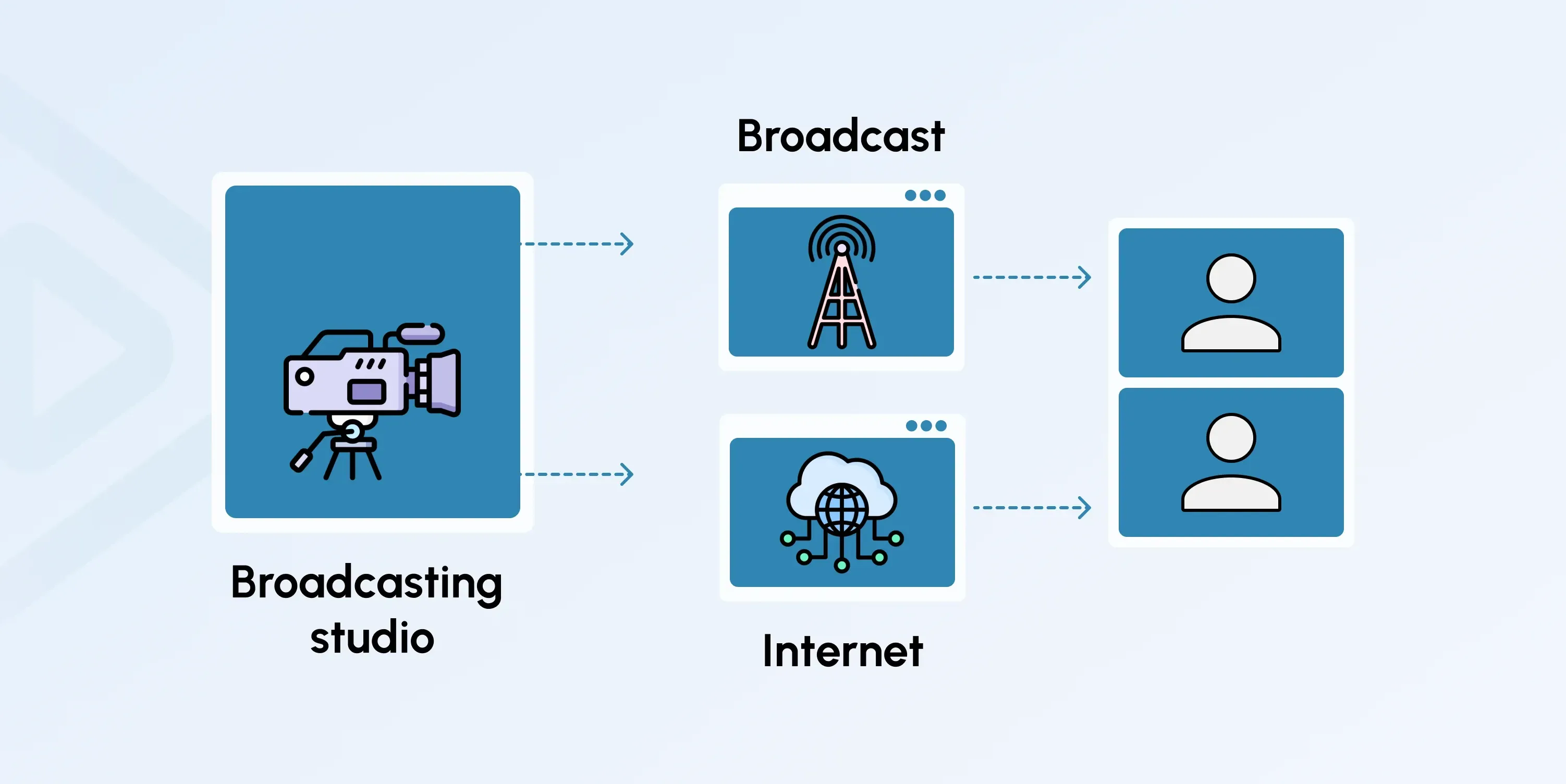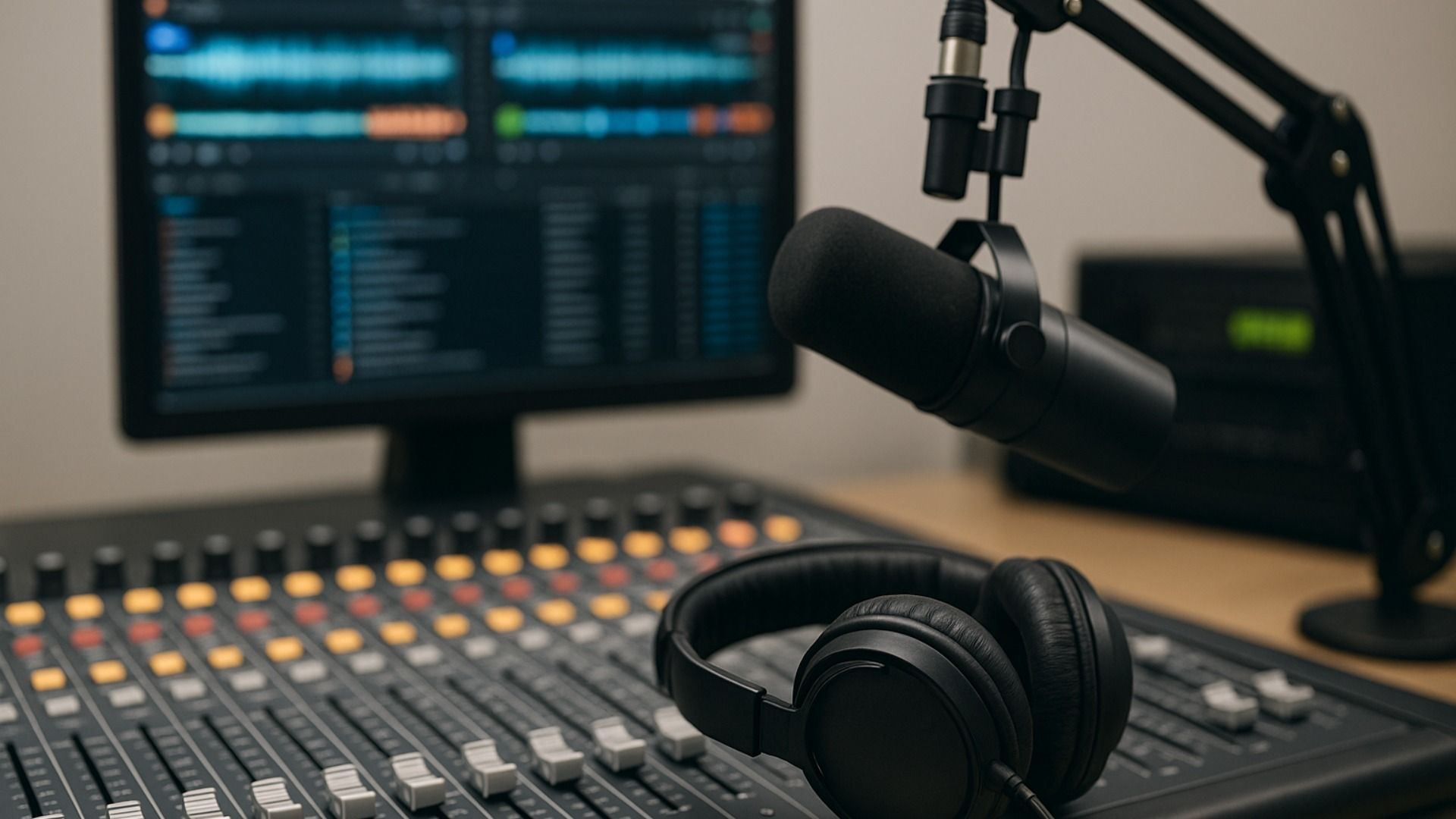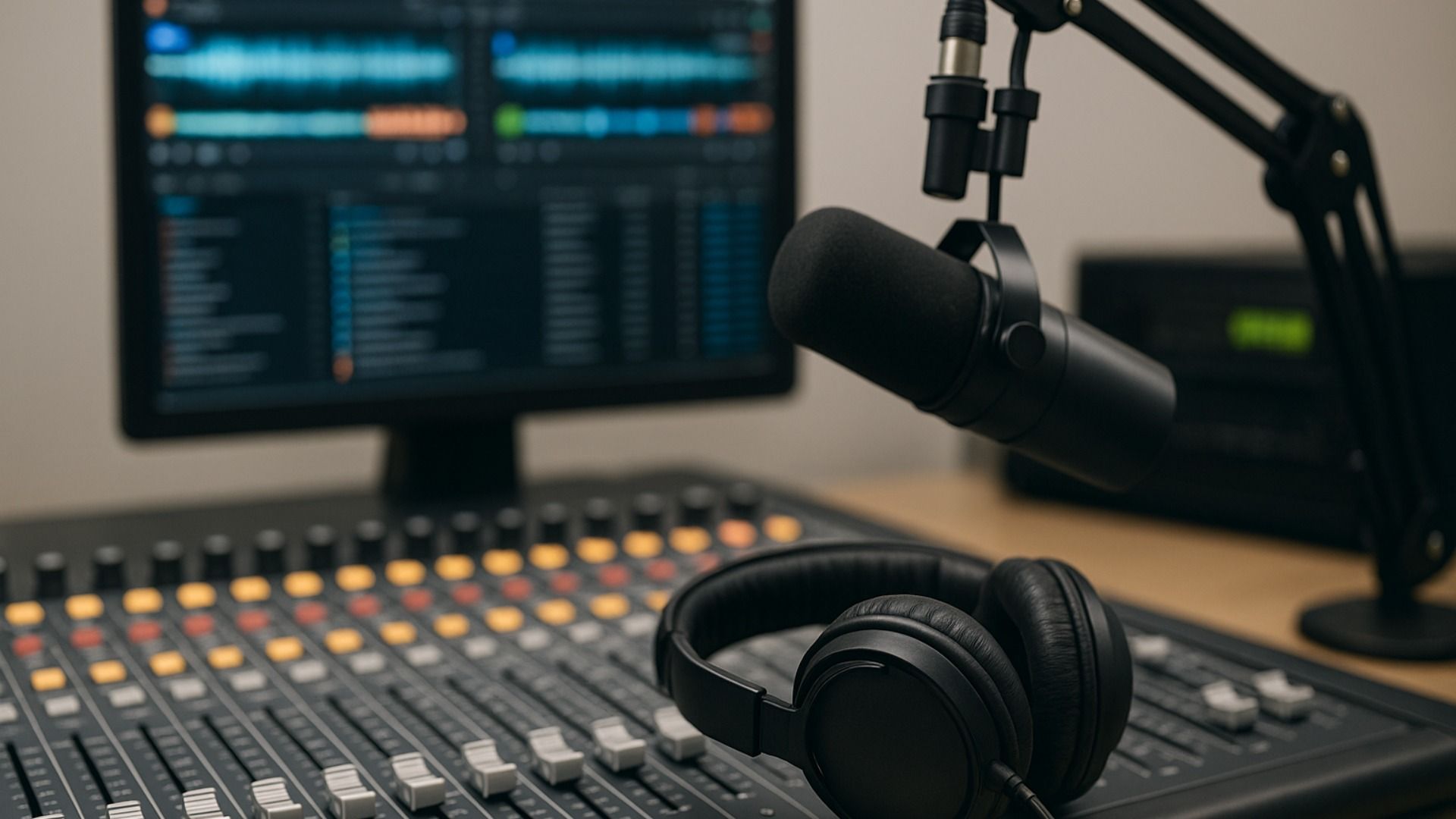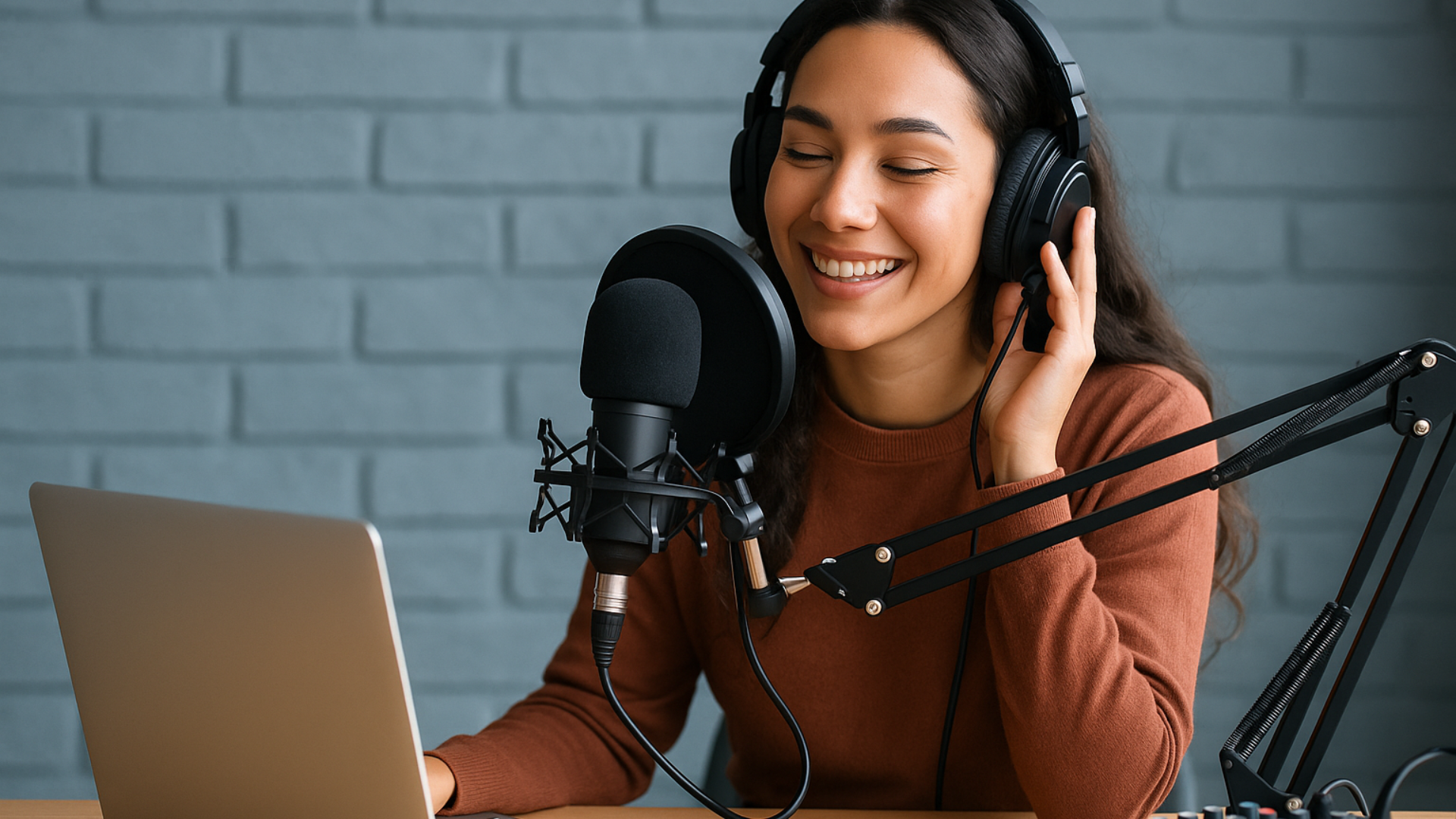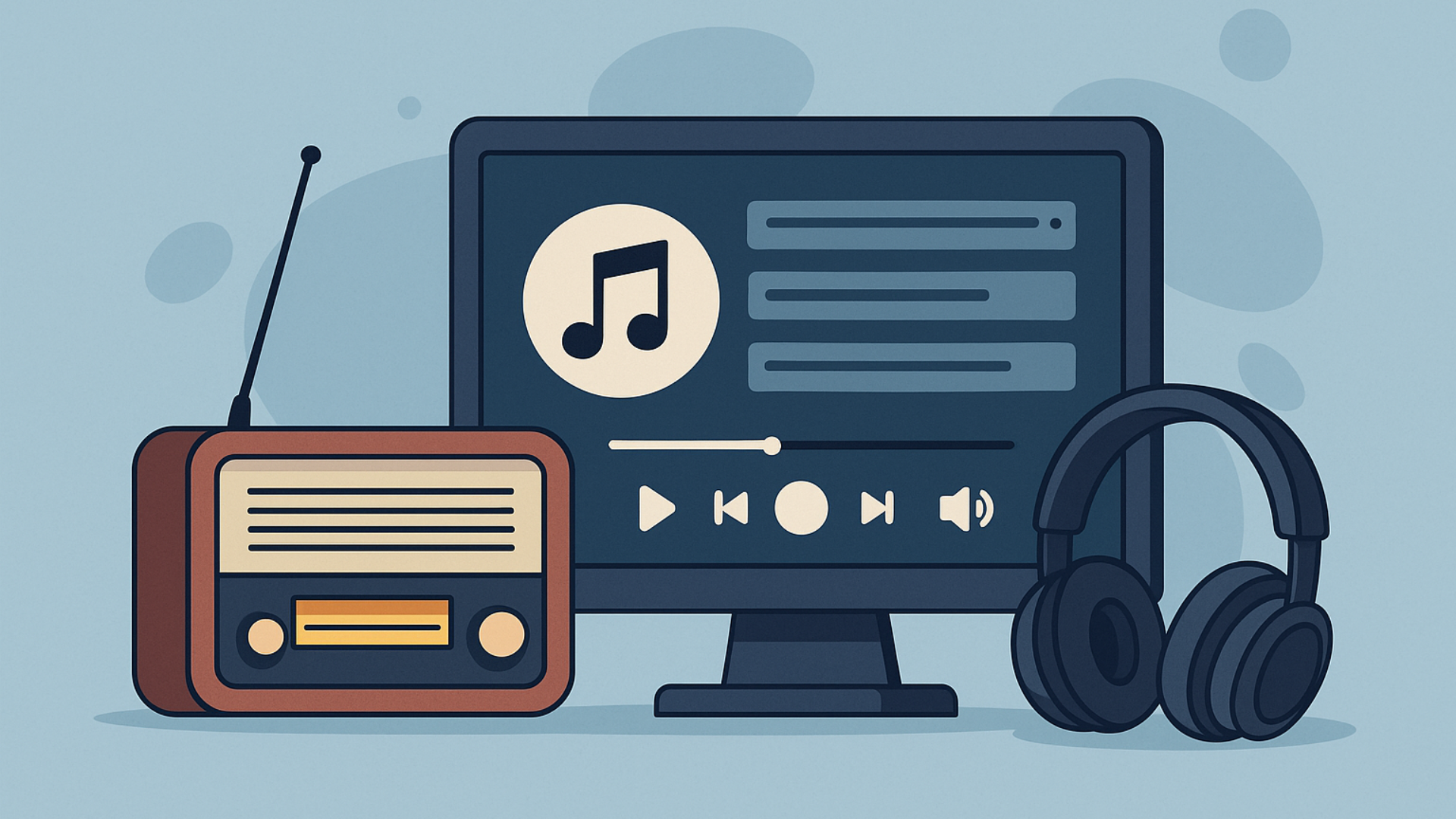Managing Multiple Microphones and Audio Inputs in Group Interviews

Managing Multiple Microphones and Audio Inputs in Group Interviews
Today, we're addressing a common challenge in the world of broadcasting and podcasting: managing multiple microphones and audio inputs during group interviews. Whether you're conducting a panel discussion, a roundtable, or a multi-guest podcast, mastering the art of managing multiple audio sources is crucial for producing clear, professional-quality content.
The Challenge of Multiple Audio Sources
Group interviews offer diverse perspectives and engaging discussions. However, they also bring the complexity of handling multiple audio inputs. Each microphone captures not just the intended speaker but also background noise and the voices of other participants. This can lead to a muddled and unprofessional audio output if not managed correctly.
Best Practices for Multiple Microphones Setup
- Microphone Selection and Placement:
- Directional Microphones: Opt for cardioid or supercardioid microphones to focus on the speaker while minimizing background noise.
- Placement: Position microphones at an optimal distance from each speaker (usually 6-12 inches) and angle them to reduce pickup of other voices.
- Use a Mixer or Audio Interface:
- A mixer or audio interface allows you to control each microphone’s level individually. This is essential for balancing the audio inputs and adjusting levels on the fly.
- Sound Check and Levels Adjustment:
- Before going live, conduct a sound check with all participants. Adjust each microphone’s level to ensure consistency in volume.
- Utilize Mute Functions:
- Mute microphones that are not in use. This reduces the chance of capturing unwanted noise or crosstalk.
- Monitor the Audio:
- Use headphones to monitor the audio feed in real-time. This allows you to make immediate adjustments if needed.
- Consider Isolation Techniques:
- In a studio setting, use sound baffles or isolation shields to further reduce interference between microphones.
Post-Processing Tips
Even with the best live mixing, post-processing can enhance the clarity and quality of your group interview.
- Noise Reduction: Apply noise reduction techniques to clean up any background noise.
- Equalization: Use EQ to fine-tune each voice, enhancing clarity and reducing frequency overlaps.
- Compression: Apply compression to even out the dynamic range, ensuring all voices are consistently audible.
Final Thoughts
Managing multiple microphones and audio inputs in group interviews requires planning, the right equipment, and a keen ear for detail. By following these best practices, you can ensure that your group interviews sound professional and engaging, with each participant’s voice coming through clearly.
At RadioBash.com, we are dedicated to providing you with the tools and knowledge to excel in your broadcasting endeavors. For more tips, tricks, and insights into the world of streaming and podcasting, stay tuned to RadioBash.com. Happy broadcasting!
This article aims to equip you with essential techniques and knowledge to handle the complexities of multiple microphones in a group interview setting. Remember, the key to a successful multi-participant broadcast lies in preparation, attention to detail, and the ability to adapt to the dynamics of live audio management.

